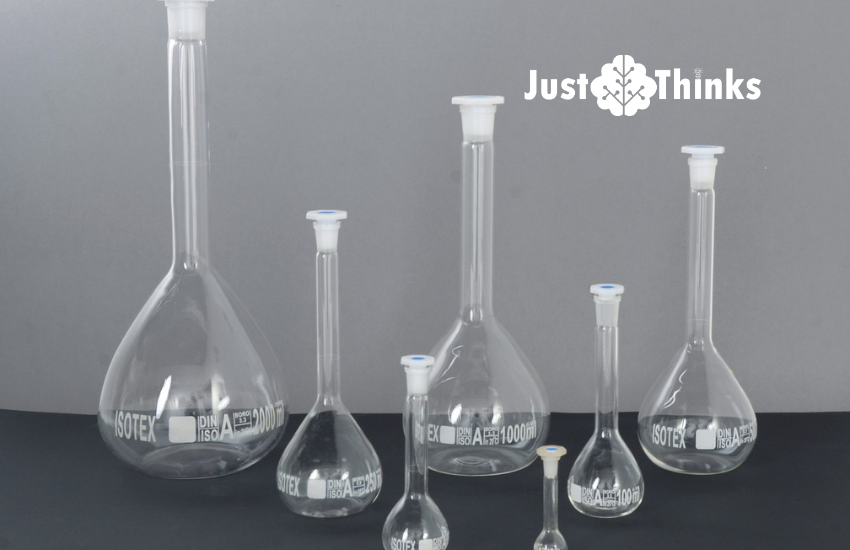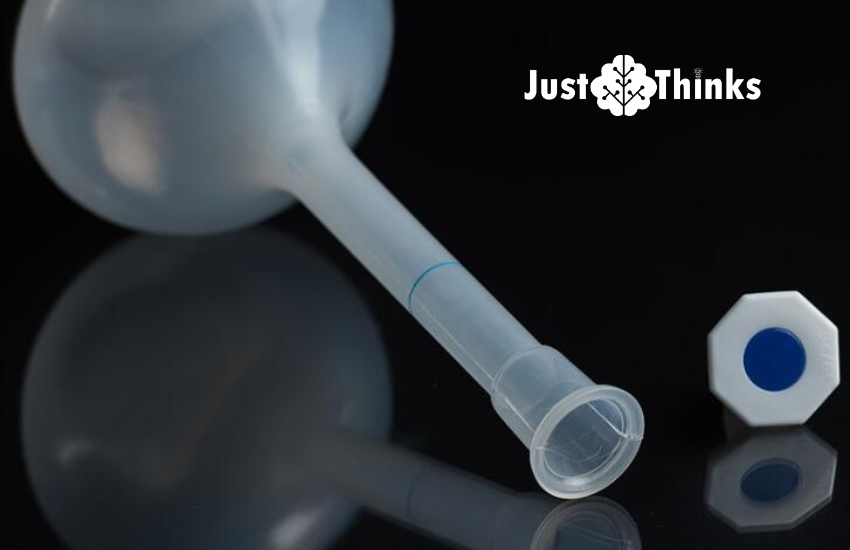Introduction to Volumetric Flask
Volumetric flask are a staple in any laboratory setting, renowned for their precision in measuring liquid volumes. These essential tools come in various sizes including 10 ml, 50 ml, 100 ml, and 250 ml, each serving specific measurement needs. This guide explores the functions, uses, and comparisons of different volumetric flasks, ensuring you choose the right flask for your scientific requirements.
What is a Volumetric Flask?
A volumetric flask is a type of labware that offers high precision in volume measurement. It is characterized by a flat bottom, a conical body, and a narrow neck with a marked line to indicate volume. Volumetric flasks are primarily used to prepare solutions to a known volume and concentration, making them indispensable in chemistry and biology labs.
Sizes and Uses of Volumetric Flasks
10 ml Volumetric Flask
The 10 ml volumetric flask is perfect for preparing small volumes of solutions where high precision is critical. It’s often used in microchemistry applications.
50 ml Volumetric Flask
A 50 ml volumetric flask is versatile for medium-scale experiments, commonly used in undergraduate chemistry labs.
100 ml Volumetric Flask
The 100 ml volumetric flask is ideal for standard laboratory experiments, balancing precision with a volume suitable for most chemical analyses.
250 ml Volumetric Flask
For larger quantities, the 250 ml volumetric flask is used in industrial settings or when preparing solutions in bulk.
Volumetric Flask Function
The primary function of a volumetric flask is to measure precise volumes of liquids. Its accuracy is crucial for preparing standard solutions and performing titrations.
Volumetric Flask Use
Volumetric flask use involves adding solvent to the mark on the neck of the flask, ensuring that the meniscus, the curve at the surface of the liquid, aligns exactly with the calibration mark. This precision is what sets volumetric flasks apart from other laboratory glassware.
Erlenmeyer Flask vs Volumetric Flask
When comparing an Erlenmeyer flask vs a volumetric flask, the key difference lies in their design and usage. Erlenmeyer flasks, with their wider base and conical shape, are better suited for mixing chemicals, as they allow easier swirling and less spillage. Volumetric flasks, however, are designed for precise measurements and are not intended for mixing or heating substances.
FAQs About Volumetric Flasks
Q1: Why are volumetric flasks made of glass?
A1: Glass is inert and transparent, making it ideal for precise measurements and chemical resistance.
Q2: How do I clean a volumetric flask?
A2: Rinse with the solvent to be used in the experiment, followed by distilled water, and dry properly before use to avoid contamination.
Q3: Are there digital volumetric flasks?
A3: Yes, digital volumetric flasks have integrated electronic features to aid in achieving precise measurements.
Q4: Can volumetric flasks be used for heating substances?
A4: It is not recommended to heat substances in volumetric flasks as they are primarily designed for measuring purposes and may not withstand high temperatures.
Conclusion
Volumetric flasks are essential tools in the scientific community, valued for their precision and reliability. Whether you need a 10 ml or a 250 ml flask, understanding the proper use and care of these flasks will ensure accurate experimental results. Always select the size and type of flask best suited for your laboratory’s needs.







